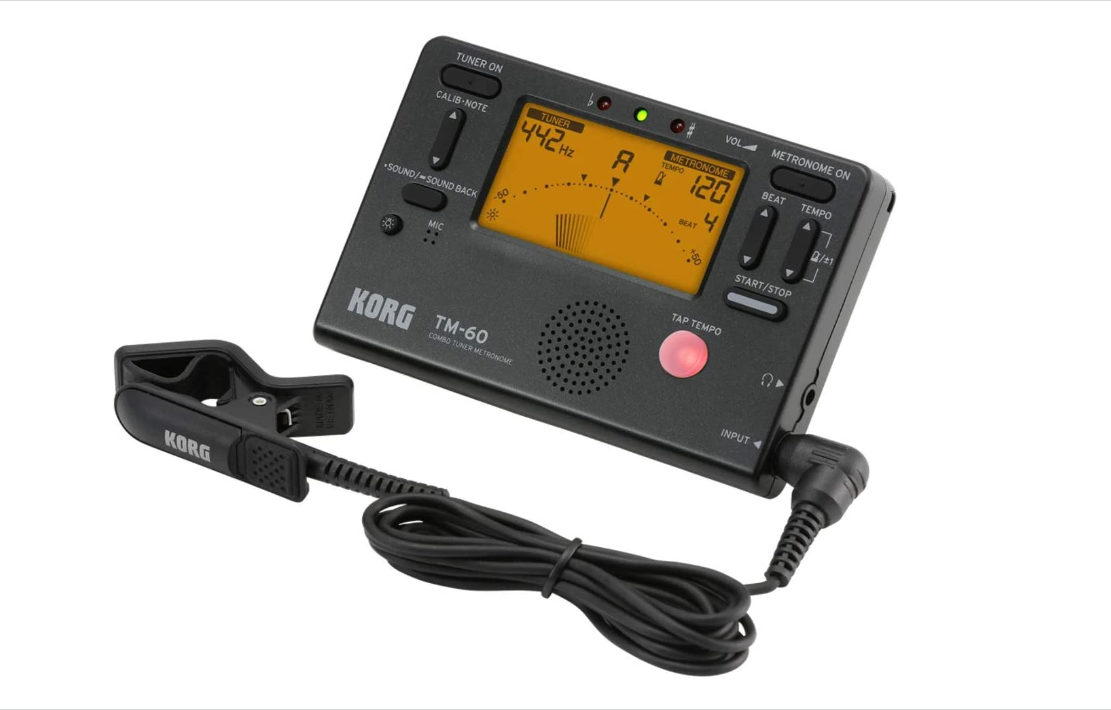How to Use Flute Tuners to Tune Your Flute
Flute tuners may be an option for flute players who have trouble with their flutes being out of tune. These devices will allow you to adjust the pitch of the flute to your liking. This article will explain the most common causes of out-of tune flutes and how to use a flute tuner for a better flute sound.
Clip-on tuners
Clip-on flute tuner are a good option if you play a flute. They are convenient and they tune your flute better than other types of tuners. It is important to have the best tuner in order to get the perfect pitch. These types of tuners are also able to tune your flute better in noisy environments.
The AWOTG clip-on tuner makes a great choice. It can display eleven types of information and uses AAA batteries. If the batteries are not working, it will still work in backup mode. You can reset it from your computer. It has 18 hours of continuous gaming time and can be used with a variety of instruments.
The Peterson StroboClip HD has a high definition screen and soft rubber-lined jaws. It also features over 50 Sweetened tunings. It has a sensitivity of 1/10 of a cent and has an accuracy of more than fifty percent.
The AxeRig Clip-on Chromatic Guitar Tuner is a great choice for beginners. Its large screen makes it easier to view the pitches. It can be used on any surface. It is also very easy to use.
Strobe tuners
The flute’s stave tuners are used to fine tune the instrument. They also allow the user to check consonance with other instruments. Some tuners are more accurate than others.
There are many different types of strobe tuners. Some are very precise, while others can be too cumbersome. They are typically around $150 and can be used with a variety instruments. Some of the best ones can even be used to tune brass, woodwind, and string instruments.
A strobe tuner is a piece of equipment that uses a mechanical spinning disk with a strobe pattern backlit by an array of lights. The light will flash at a rate that corresponds to the frequency of the audio signal. The pattern will stop when the pitch falls within a certain range. The resulting display will show the name of the note, its name in concert pitch, and whether it is in tune or out of tune.
Common causes of out-of tune flutes
There are many different reasons that a flute may be out of tune. The most common reason is that you are playing it too loud. Another reason is playing it in the wrong register. It is important to know the basics of how to tune your flute to ensure that you can achieve the sound that you want.
Getting the right sound requires the correct blowing angle and air speed. Your ear will direct your body to move the flute accordingly. It is best to start playing in the upper registers. This is not only a way to learn the instrument, but it will help you to play more in tune.
A good tip for tuning your flute is to swab the inside of the embouchure hole with alcohol. This will help to prevent any leaks from occurring. A wet finger pad is also a good idea.
Playing an Ab is a great way to test the air speed. This will allow you to see how much air is being blown into the hole. You can use a chromatic tuner to determine the correct pitch.
Making your flute higher in pitch
Learn how to tune your flute with flute tuners. This will help you to play in tune and keep your instrument from sounding out of tune. However, you should remember that playing in tune requires a lot of practice.
The first thing you should do is to make sure your flute is warm. This is crucial because it will change the way the air in the sound chamber responds. When the air is cold, the flute will play flat. Warm air will produce a sharper note.
Also, you should check the wood’s temperature. The pitch of colder wood is lower than that of warmer wood. The room temperature can also have an impact on the air quality.
You should also use a chromatic tuner to test the pitch. The pitch will be visible on the needle. The scale beneath the needle will read “CENT 50… -20… 0…+20… +50CENT”.
To raise the pitch of your flute, you must make your headjoint and tubing shorter. To do this, you should use a slight twisting motion to pull out the headjoint.

